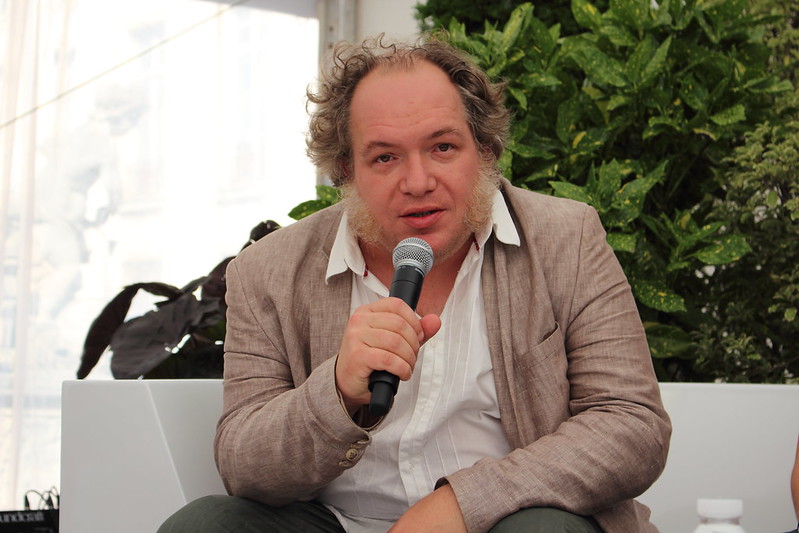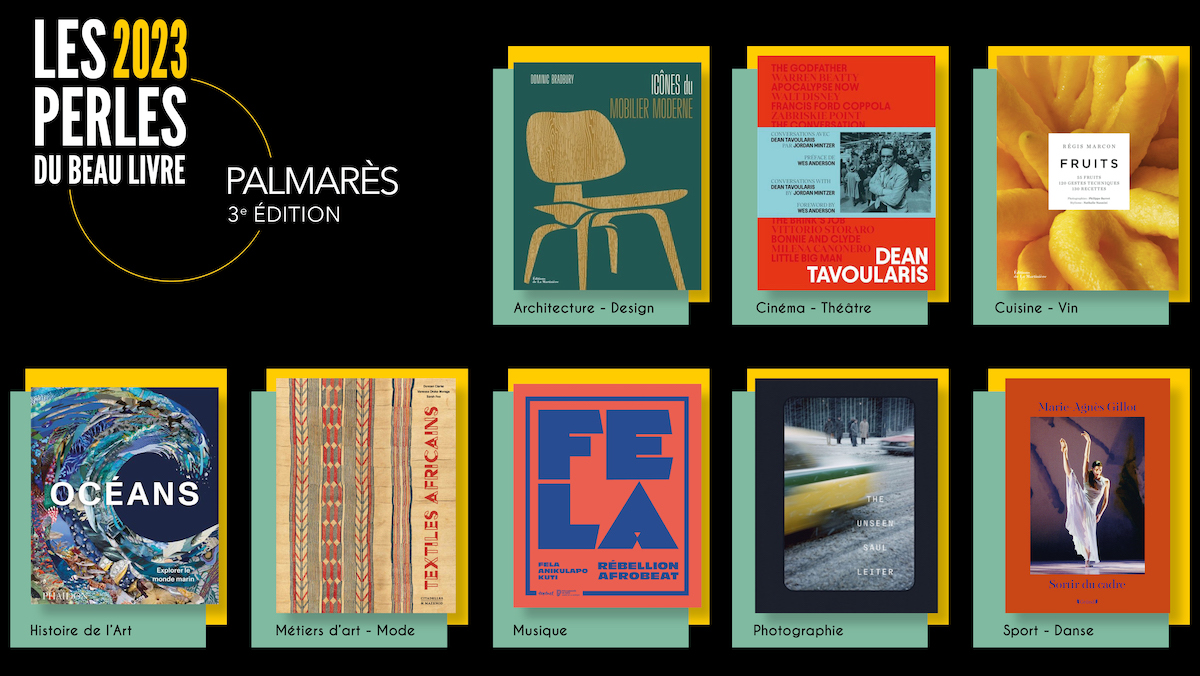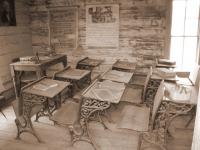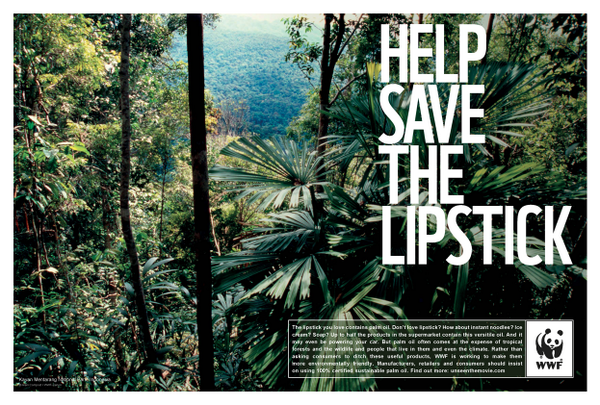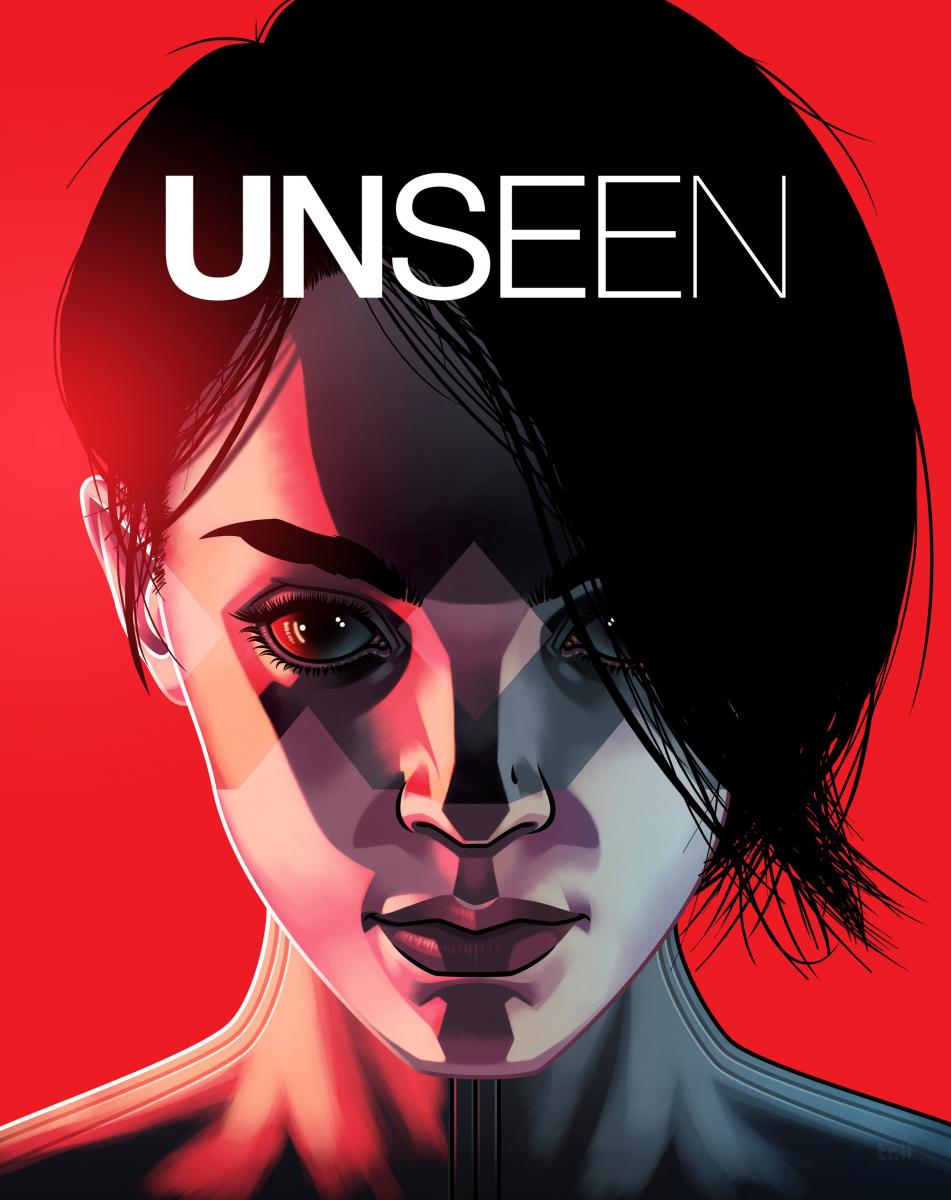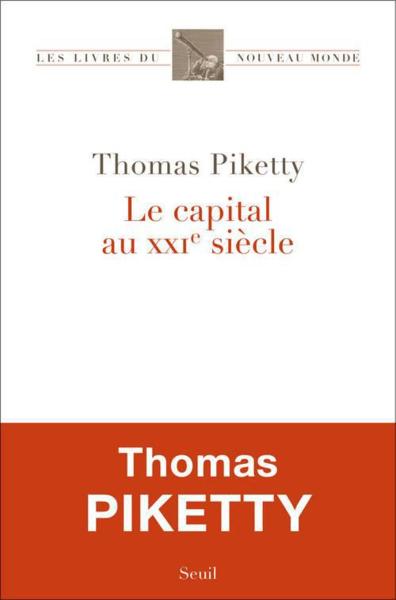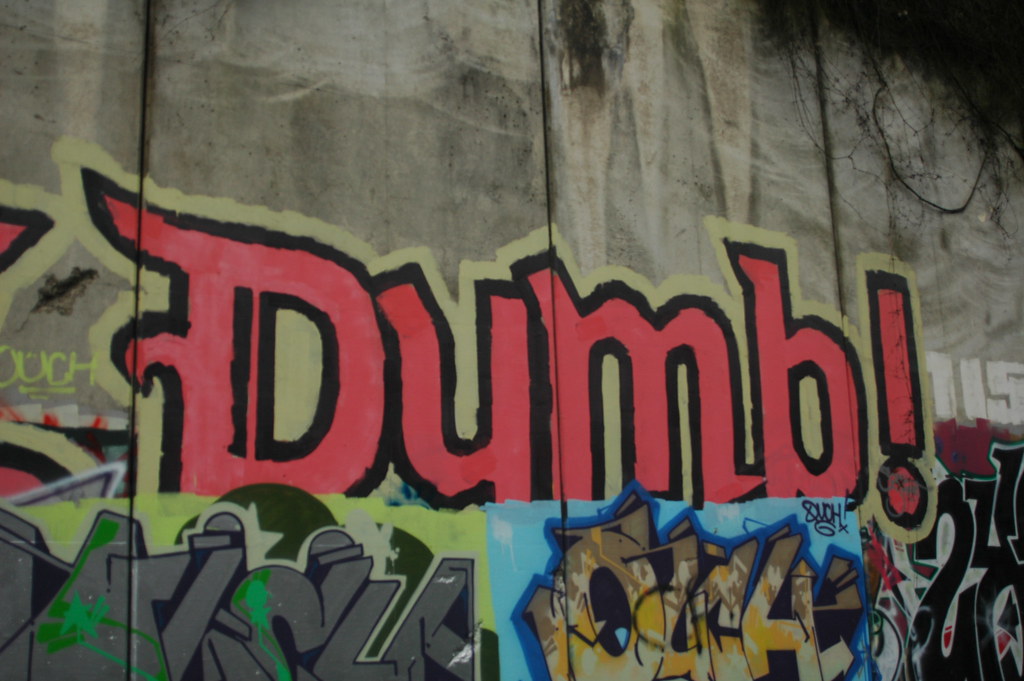Unseen
Extraits
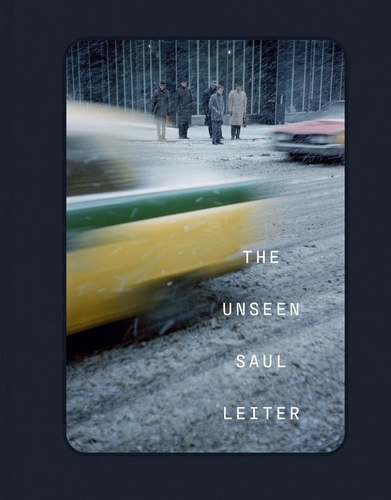
Photographes
The Unseen Saul Leiter
Très en avance sur son temps, Saul Leiter investit la diapositive dès 1948 comme un médium artistique à part entière, via des projections qu'il organise. Ce livre rassemble 76 images inédites, sélectionnées parmi les archives du photographe. Le choix s'est porté sur les oeuvres relevant de la street photography, soulignant son extrême singularité, à l'opposé des codes du reportage documentaire. Saul Leiter a réalisé la plupart de ces images entre 1948 et 1966, arpentant les rues de Downtown Manhattan à New York, saisissant la magie et le mystère des décors ordinaires. Près de soixante ans plus tard, sa délicatesse, entre abstraction et figuration, le place parmi les plus grands. Profondément avant-gardiste, la reconnaissance tardive de Saul Leiter explose aujourd'hui.
10/2022
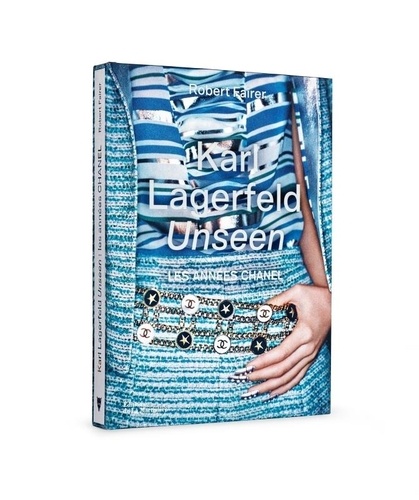
Grands couturiers
Karl Lagerfeld Unseen. Les années Chanel
Photographe exclusif pour le Vogue américain pendant plus d'une décennie, Robert Fairer ouvre ses archives et dévoile l'un des secrets les mieux gardés du monde de la mode : des images d'instants volés au sein des plus grandes maisons de couture. Il nous invite ici à entrer dans les coulisses de Chanel, du milieu des années 1990 à la fin des années 2000. Karl Lagerfeld Unseen : les années Chanel montre les créations - prêt-à-porter et haute couture - de Karl Lagerfeld pour Chanel. Des textes signés par ses plus proches collaborateurs et ses amis offrent une nouvelle perspective sur son processus créatif et révèlent la genèse de créations devenues iconiques. Les 250 photographies de cet ouvrage rendent palpable l'énergie des préparatifs des défilés, tout comme elles restituent avec justesse le raffinement des essayages dans l'intimité des fameux salons - ivoire et noir - de la rue Cambon.
11/2022

Afrique sub-saharienne
Imaginaires sahariens. 17
Au sommaire de ce numéro : Al-Wasit : Arabic Literary History and the Invention of Bilad Shinqit ; Naming the City : Saharan Urbanization and Disaggregated Sovereignty ; Saharan Sediment : Nation Formation, Urban Development, and Alter-Imaginaries in the Desert of Mauritania ; Connecting with Unseen Waters : Water Dowsing and the Unlocking of Abundance in the Mauritanian Hodh ; "Le dialogue de la vie" . Entretien avec Gabriel Hatti ; Enjeux géopolitiques multiscalaires de la déclaration de Pedro Sánchez (2022) relative au projet marocain d'autonomie du Sahara Occidental ; L'alimentation du jeune enfant en Mauritanie : divergences et négociations autour d'un intérêt commun ; Parcours d'un témoin-clef de l'histoire (maroco-)mauritanienne au XXe siècle.
02/2023
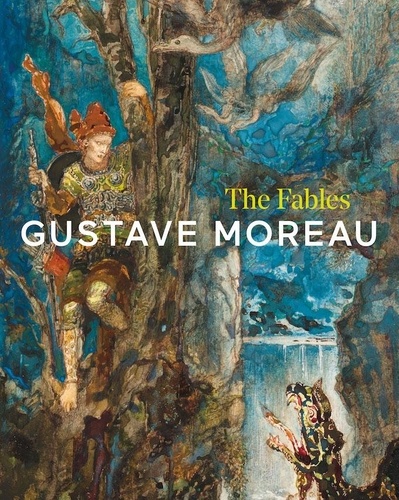
Monographies
Gustave Moreau. The Fables
Gustave Moreau (1826-1898) is one of the most brilliant and enigmatic artists associated with the French Symbolist movement. This book accompanies an exhibition of some of the most extraordinary works he ever made, unseen in public for over a century. Moreau's watercolours of the Fables of Jean de La Fontaine (1621-1695) were created between 1879 and 1885 for the art collector Antony Roux and their stylistic range encompasses historicism and the picturesque, orientalist fantasies and near-abstract chromatic experiments. They were exhibited to great acclaim in Paris in the 1880s and in London in 1886, where critics compared the artist to Edward Burne-Jones. One critic commented on Moreau's ' keen apprehension of the weird. ' There were originally 64 works in the series, which was subsequently acquired by Miriam Alexandrine de Rothschild (1884-1965), but nearly half were lost during the Nazi era. The surviving works have not been exhibited since 1906 and they have only ever been published in black and white. This book is the first to reproduce them in colour - many shown actual size. Created at the height of the French 19th-century revival of watercolour, the variety of subject matter and technique, their colouristic effects and the sophistication of Moreau's storytelling, will be a revelation to readers. Preparatory drawings for the Fables, including animal studies made from life in the Jardin des Plantes demonstrate the wide-ranging research that informed Moreau's visions. Prints after Moreau's Fables by Félix Bracquemond (1833-1914) translate the jewel-like colours into monochrome in some of the most innovative etchings of the age, while the most delicate effects of the watercolours were also transformed into vitreous enamels. In-depth accounts of each watercolour, explaining the story and exploring Moreau's response to it. The introduction will place the series in the long history of illustrations of La Fontaine's canonical work, whose sources include Aesop's fables and traditional European and Asian tales, as well as considering Moreau in the context of his own, turbulent, times.
08/2021

